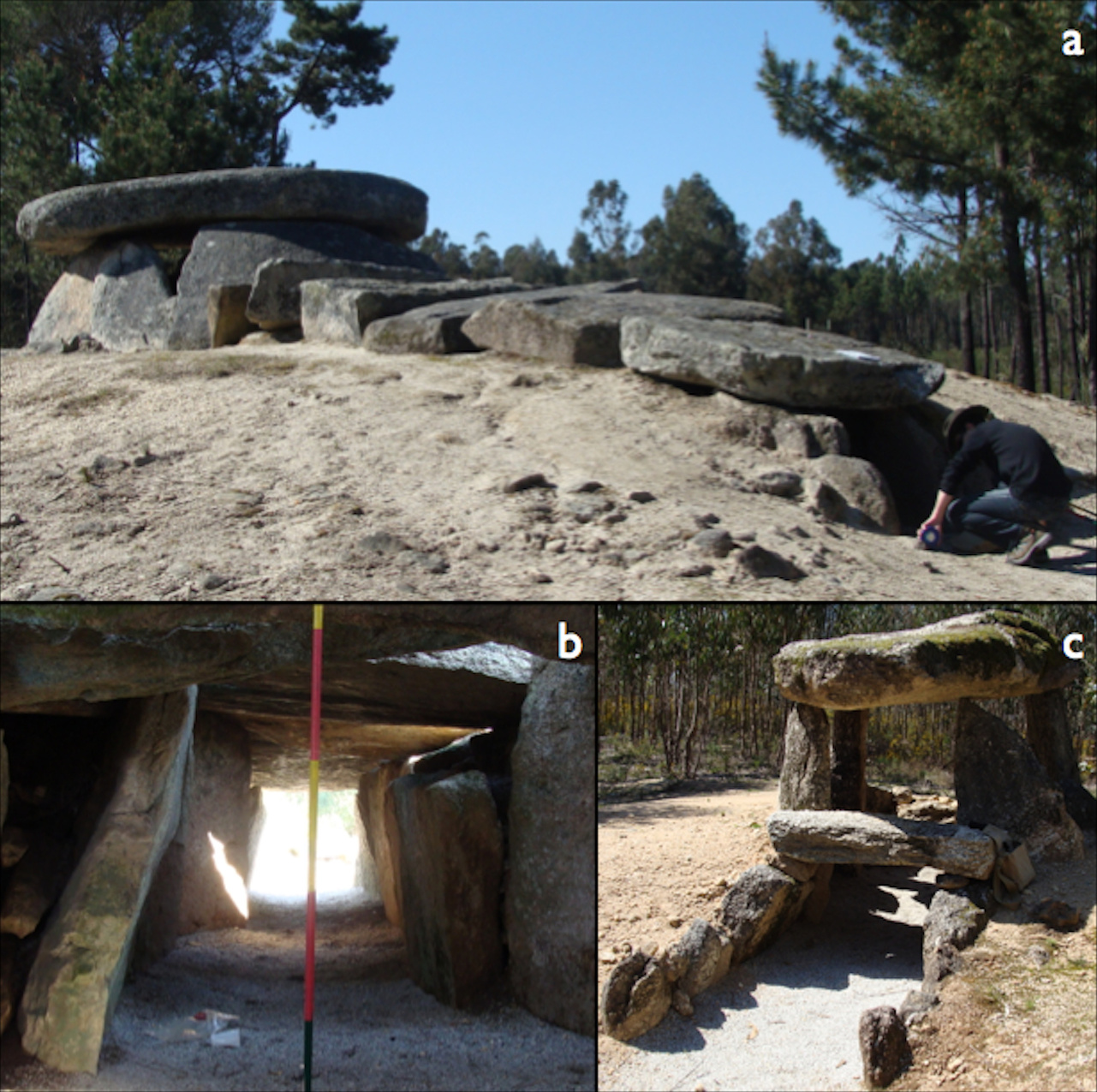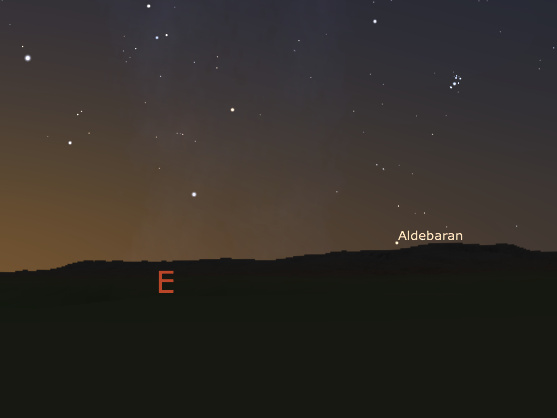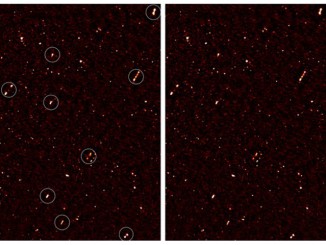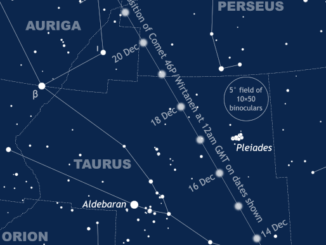
The team’s idea is to investigate how a simple aperture, for example an opening or doorway, affects the observation of slightly fainter stars. They focus this study on passage graves, which are a type of megalithic tomb composed of a chamber of large interlocking stones and a long narrow entrance. These spaces are thought to have been sacred, and the sites may have been used for rites of passage, where the initiate would spend the night inside the tomb, with no natural light apart from that shining down the narrow entrance lined with the remains of the tribe’s ancestors.
These structures could therefore have been the first astronomical tools to support the watching of the skies, millennia before telescopes were invented. Kieran Simcox, a student at Nottingham Trent University, and leading the project, comments: “It is quite a surprise that no one has thoroughly investigated how for example the colour of the night sky impacts on what can be seen with the naked eye.”
The first sighting in the year of a star after its long absence from the night sky might have been used as a seasonal marker, and could indicate for example the start of a migration to summer grazing grounds. The timing of this could have been seen as secret knowledge or foresight, only obtained after a night spent in contact with the ancestors in the depths of a passage grave, since the star may not have been observable from outside. However, the team suggest it could actually have been the result of the ability of the human eye to spot stars in such twilight conditions, given the small entrance passages of the tombs.
The yearly RAS National Astronomy Meetings have always had some aspects of cultural astronomy present in their schedules. This is the third year running where a designated session is included, exploring the connection between the sky, societies, cultures and people throughout time. The session organiser over the past three years, Dr. Daniel Brown of Nottingham Trent University, says: “It highlights the cultural agenda within astronomy, also recognised by the inclusion of aspects of ancient astronomy within the GCSE astronomy curriculum.”



